How Old Should a Roof Be Before Replacing? | By RNC
This article aims to provide homeowners with valuable insights on when to replace their roof. By understanding the signs of roofing deterioration and the factors influencing roof lifespan, you can make informed decisions about roof replacement. We will delve into the different roofing materials, their typical lifespans, and the importance of professional inspections. Additionally, we will explore the planning and budgeting aspects of roof replacement, including cost considerations and selecting the right roofing material for your home.
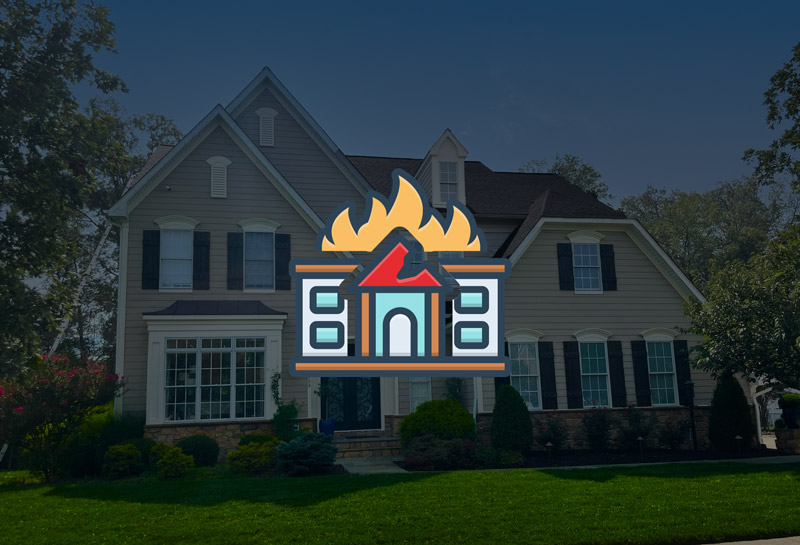
Signs of Roofing Deterioration
Identifying visible wear and tear on shingles
One of the first signs that your roof may need replacement is visible wear and tear on the shingles. Look for missing, cracked, or curled shingles, as they indicate age and potential vulnerability to leaks. Additionally, granule loss, where you find excessive granules in your gutters or downspouts, can be a sign of deteriorating shingles. These issues compromise the effectiveness of your roof in protecting your home.
Recognizing water leaks and interior damage
Water leaks and interior damage are clear indications that your roof is no longer functioning properly. Look for water stains or discoloration on your ceilings, walls, or attic, as they often suggest roof leaks. Pay attention to any mold or mildew growth, as excessive moisture can lead to these issues. Addressing water leaks promptly is essential to prevent further damage and maintain the integrity of your home.
Noticing sagging or structural issues
Sagging or noticeable structural issues on your roof should not be ignored. This can indicate underlying damage or structural instability. If you notice any sagging areas or a dipping roofline, it’s crucial to have a professional inspection as soon as possible. Ignoring structural issues can lead to more extensive damage and potential safety hazards.
The role of regular roof inspections
Regular roof inspections play a vital role in determining when to replace your roof. Engaging a professional roofing contractor for inspections allows them to assess the overall condition of your roof, identify potential issues, and provide recommendations based on their expertise. Inspections help detect problems at an early stage, enabling you to take necessary actions before they worsen.
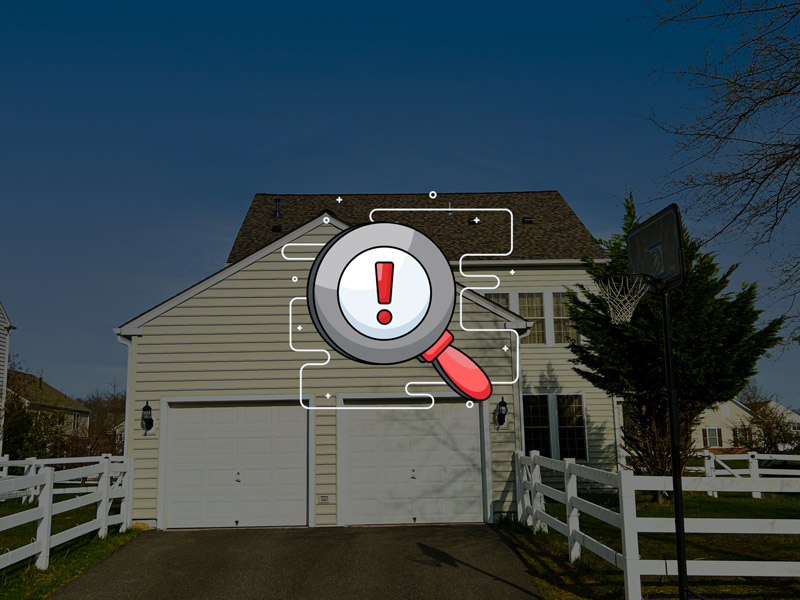
Determining the Age of Your Roof
Assessing the lifespan of common roofing materials
Asphalt shingles: Asphalt shingles are widely used and have an average lifespan of 20 to 30 years. Factors such as the quality of the shingles, installation, and maintenance practices can affect their longevity. Inspect the shingles for signs of deterioration, such as curling edges, granule loss, or cracks.
- Metal roofing: Metal roofs are known for their durability and can last between 40 to 70 years, depending on the type of metal used. They offer excellent resistance to weathering, corrosion, and fire. Examine the metal panels for any signs of rust, loose seams, or dents that could affect their performance.
- Tile and slate roofs: Tile and slate roofs are renowned for their longevity and can last up to 100 years or more when properly maintained. These materials are resistant to fire, rot, and insect damage. Assess the tiles or slates for any broken, cracked, or missing pieces that may indicate the need for replacement.
- Wood shake or shingle roofs: Wood shake or shingle roofs have a lifespan of approximately 20 to 40 years. They offer a natural and aesthetically pleasing appearance. Inspect for signs of rot, warping, or split shakes, as these can indicate the need for replacement.
Understanding the impact of climate and weather conditions
Climate and weather conditions play a significant role in the lifespan of your roof. Extreme temperatures, high humidity, heavy rain, snow, and wind can accelerate wear and tear. In areas with harsh climates, roofs may deteriorate faster than in more moderate regions. Consider the local climate and weather patterns when assessing the condition of your roof.
Considering previous repairs and maintenance history
The previous repairs and maintenance history of your roof provide valuable insights into its condition and lifespan. Regular maintenance, such as cleaning gutters, removing debris, and addressing minor repairs, can extend the life of your roof. Review the maintenance records and consider the frequency and quality of past repairs. If repairs have been frequent or extensive, it may be an indication that your roof is nearing the end of its lifespan.
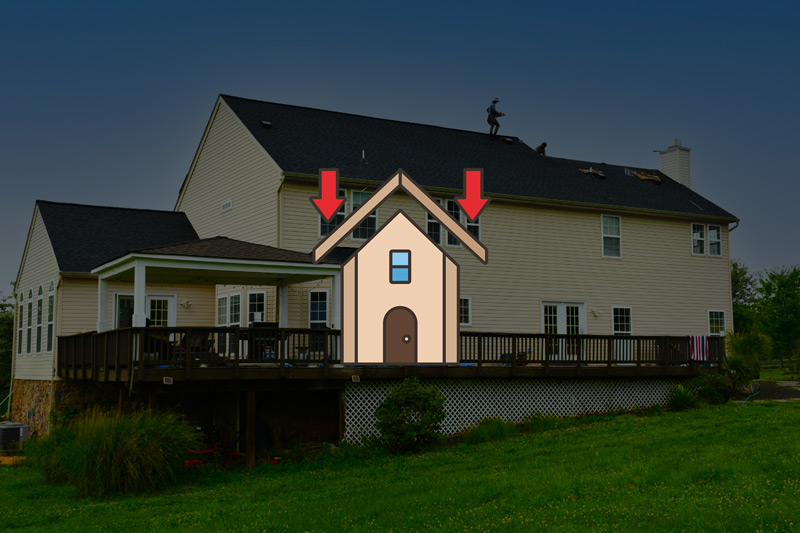
Factors Influencing Roof Replacement
Frequency of roof repairs and their effectiveness
The frequency of roof repairs and their effectiveness is an important factor to consider when determining whether to replace your roof. If you find yourself frequently needing repairs or if the repairs are not addressing the underlying issues effectively, it may be a sign that your roof has reached the end of its lifespan. Constantly patching up the roof can become costly and may not provide a long-term solution.
Energy efficiency and insulation concerns
Another consideration for roof replacement is energy efficiency and insulation concerns. An aging roof may have gaps, cracks, or inadequate insulation, leading to energy loss and higher utility bills. By replacing your roof with newer, energy-efficient materials, you can enhance your home’s insulation and reduce energy consumption, resulting in long-term savings.
Structural integrity and potential safety hazards
The structural integrity of your roof is of utmost importance. Over time, roofs can experience deterioration, sagging, or compromised structural components. If you notice significant structural issues, such as widespread sagging or weakened support, it is crucial to address them promptly. Ignoring such issues can lead to safety hazards and further damage to your property.
The overall cost-effectiveness of repair vs. replacement
When considering roof replacement, it is essential to weigh the cost-effectiveness of repair versus replacement. While repairs may seem like a more affordable option in the short term, frequent repairs and ongoing maintenance expenses can add up over time. In some cases, investing in a new roof construction may be more cost-effective in the long run, providing better durability, enhanced functionality, and peace of mind.
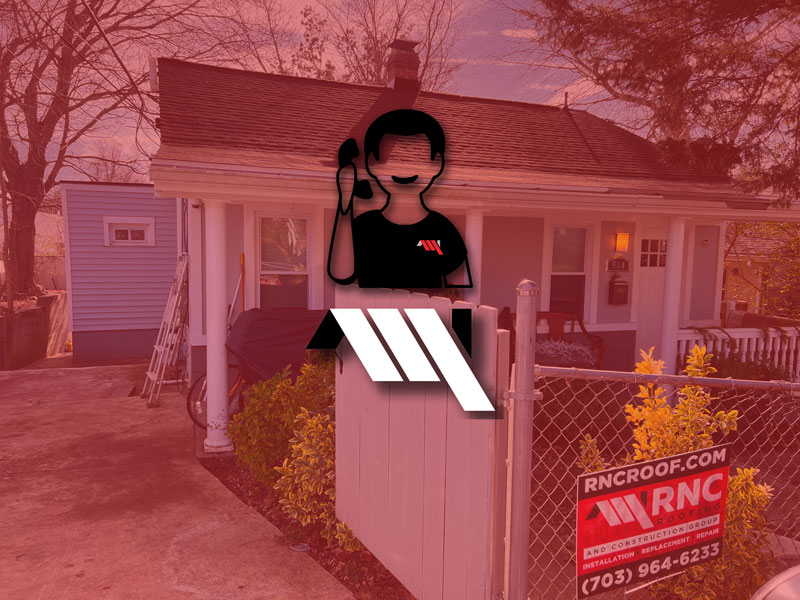
Professional Roof Inspection
Importance of hiring a reputable roofing contractor
When it comes to assessing the condition of your roof and determining whether it needs replacement, hiring a reputable roofing contractor is of utmost importance. An experienced professional will have the knowledge, expertise, and tools to conduct a thorough inspection and provide accurate recommendations. They can assess the age, condition, and potential issues with your roof, ensuring that you make informed decisions about replacement.
What to expect during a professional roof inspection
During a professional roof inspection, the contractor will carefully examine various aspects of your roof. They will inspect the shingles or roofing material for signs of wear and tear, including cracks, curling, or missing pieces. They will also assess the flashing around chimneys, vents, and other roof penetrations to ensure proper sealing. Additionally, the contractor will inspect the gutters, downspouts, and drainage system to identify any potential water-related issues.
Assessing the condition of the underlying roof structure
A professional roof inspection goes beyond the surface level and includes an assessment of the underlying roof structure. The contractor will examine the attic or crawl space to check for signs of water damage, mold growth, or structural issues. They will inspect the rafters, trusses, and support beams to ensure their stability and integrity. Identifying any underlying problems is crucial in determining whether a roof replacement is necessary.
Obtaining detailed cost estimates for replacement
After a comprehensive roof inspection, a reputable roofing contractor will provide you with detailed cost estimates for replacement. These estimates should include the materials, labor, permits, and any additional services required for the new roof construction. By obtaining multiple estimates from different contractors, you can compare the costs and make an informed decision based on your budget and the quality of services offered.
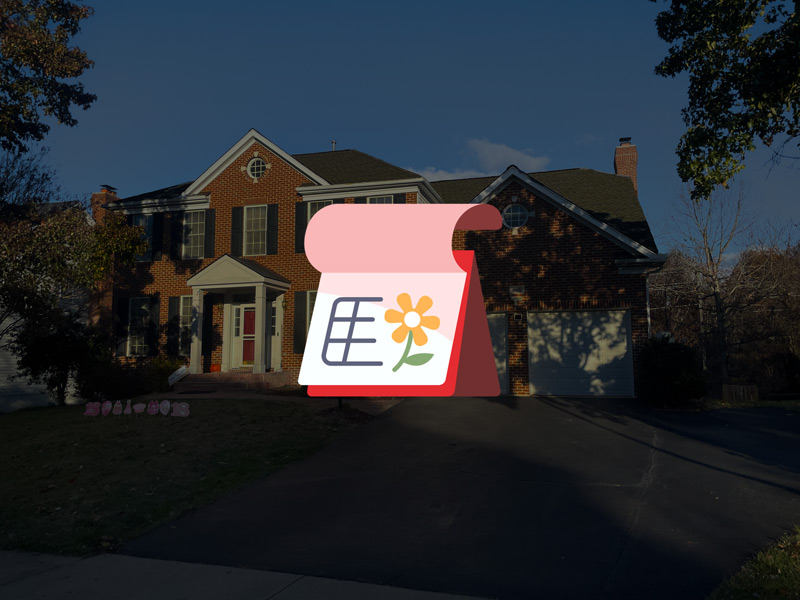
Planning for Roof Replacement
Budgeting for a new roof construction
Average cost considerations
When planning for roof replacement, it is essential to budget accordingly. The cost of a new roof construction can vary depending on several factors, including the size and complexity of your roof, the chosen roofing material, and the local market rates. Research the average costs in your area to get a better understanding of what to expect and ensure that you allocate sufficient funds for the project.
Financing options and available incentives
If the cost of a new roof construction exceeds your immediate budget, explore financing options that can help make the project more manageable. Many roofing contractors offer financing plans or can provide guidance on securing a loan. Additionally, check for any available incentives or rebates offered by government programs or local utility companies for energy-efficient roofing materials.
Selecting the right roofing material for your home
Choosing the right roofing material is crucial for the longevity and performance of your new roof. Consider factors such as durability, maintenance requirements, energy efficiency, and aesthetic appeal. Research different options, such as asphalt shingles, metal roofing, tile, or slate, to determine which material best suits your home’s architectural style, climate, and budget.
Hiring a qualified contractor and understanding warranties
When it comes to roof replacement, hiring a qualified and reputable contractor is vital. Look for contractors with experience, proper licensing, and positive customer reviews. Request references and examples of their previous work. Additionally, understand the warranties associated with the roofing materials and installation. A reliable contractor will explain the warranties and provide you with the necessary documentation.
Scheduling the replacement and preparing for the process
Once you have selected a contractor, it’s time to schedule the roof replacement and prepare for the process. Discuss the timeline with the contractor and ensure that it aligns with your availability and weather conditions. Clear the area around your home to provide easy access for the workers and protect any valuable items. Communicate with your contractor about any specific preparations or requirements before the replacement begins.
View More Articles
Please Share!











